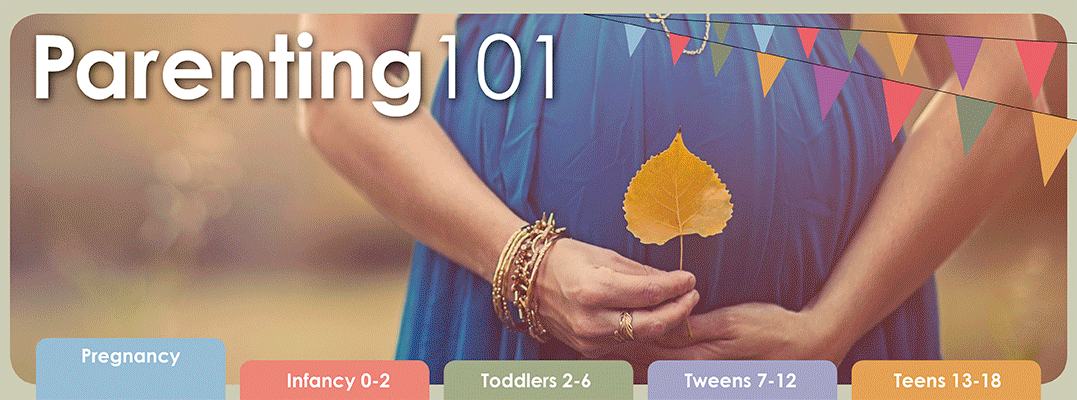Creating a Soothing Bedtime Routine for Toddlers
Creating a soothing bedtime routine for toddlers
If you haven't already, now is a great time to establish a bedtime routine for your toddler.
Not only does a routine ease the transition from being awake to being asleep, it also gives mom and dad some time to relax and spend quality time together at the end of the day.
Bedtime routines work best if you reserve the hour before bedtime for quiet play. This will lower your child's activity level and prepare his nervous system for relaxation.
The following illustrates beneficial routines:
n Set a specific time and stick to it. Your child's body clock will adjust much more quickly to the routine if the routine follows a natural and consistent pattern.
n Give a warning. Just before bedtime, give your child advance notice that the day is winding down.
n Offer a snack. A light snack which includes both protein and carbohydrates will induce sleep and help your child stay asleep through the night. The carbohydrates make them sleepy, and the protein will help keep their blood sugar level on an even level until breakfast.
n Give your child a warm bath. By raising your baby's body temperature slightly, you'll make them more prone to sleepiness. Also, playing with their bath toys allows them to relax.
n Get dressed for bed. Choose comfortable, non-binding pyjamas which are neither too warm nor too light.
n Read a favourite story to your child. This is a particularly comforting routine for your toddler, particularly if it's a favourite story that's associated with bedtime.
n Play soft music while you read. It's okay to let the music play as the child drifts off.
n Make sure your child has a friend to sleep with. A favourite doll or teddy bear provides comfort.
n Limit or eliminate bottles. If your child needs a bottle to fall asleep, make sure it contains only water. Milk, formula, or juice can pool around her teeth causing cavities, even in infants.
n Keep last "goodnights" brief. Say goodnight when it's time for you to leave the room and try not to come back if your child calls for you.
Recognising dangerous situations
Perhaps the most important way parents can protect their children is to teach them to be wary of potentially dangerous situations, this will help them when dealing with strangers as well as with known adults who may not have good intentions.
Help children recognise the warning signs of suspicious behaviour, such as when an adult asks them to disobey their parents or do something without permission, asks them to keep a secret, asks children for help, or makes them feel uncomfortable in any way.
Also tell your children that an adult should never ask a child for help, and if one does ask for their help, teach them to find a trusted adult right away to tell what happened.
If in a dangerous situations, kids should say no, run away, yell as loud as they can, and tell a trusted adult what happened right away. Make sure that your children know that it is okay to say no to an adult in a dangerous situation and to yell to keep themselves safe, even if they are indoors.
What parents can do
In addition to teaching children how to recognise and handle dangerous situations and strangers, there are a few more things parents can do to help their children stay safe and avoid dangerous situations.
Know where your children are at all times. Make it a rule that your children must ask permission or check in with you before going anywhere. Give your children your work and cell phone numbers so they can reach you at all times.
Teach children to trust their instincts. Explain that if they ever feel scared or uncomfortable, they should get away as fast as they can and tell an adult. Reassure children that you will help them when they need it.
Encourage your children to play with others. There’s safety in numbers.
Interesting Facts About Children
Source: 10 Facts About

